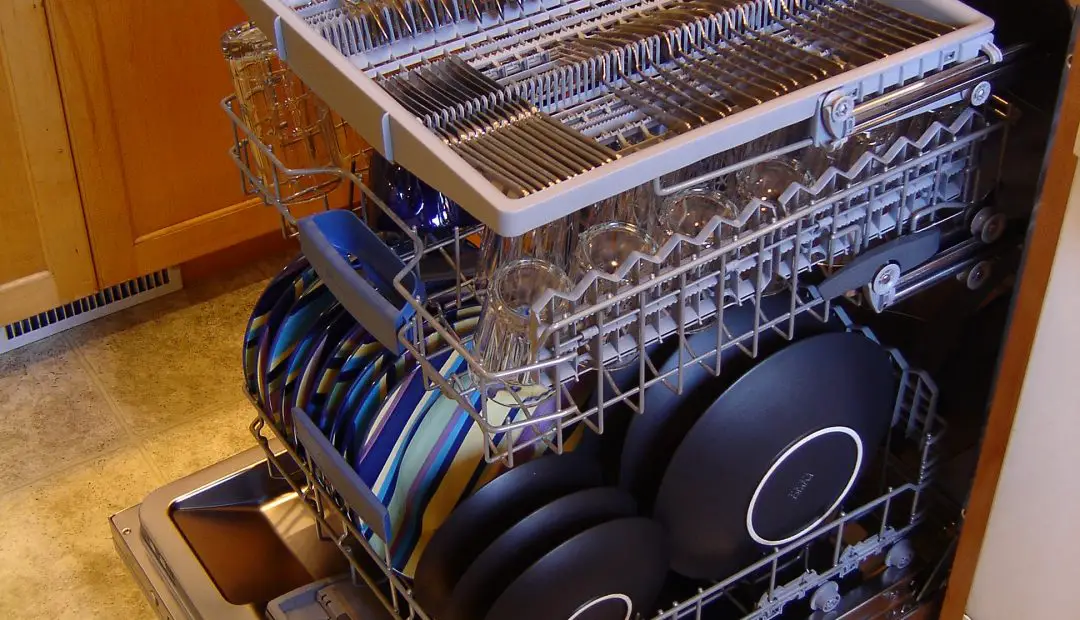Dealing with a backed up kitchen sink can be a major inconvenience, especially if you rely on your sink for cooking and cleaning. But fear not, there are simple solutions that can help you fix the issue and get your sink back to working properly. Here are 10 steps to follow to fix a backed up kitchen sink and prevent it from happening again.How to Fix a Backed Up Kitchen Sink
If your kitchen sink is backing up, it's possible that your dishwasher may be the culprit. Dishwashers are connected to the same drainage system as your sink, so a clog in one can affect the other. To unclog your dishwasher, start by checking the drain basket and removing any food or debris. If that doesn't work, try running hot water down the drain and using a plunger to dislodge any clogs.How to Unclog a Dishwasher
Understanding the common causes of a backed up kitchen sink can help you prevent the issue from occurring in the first place. Some of the most common culprits include food scraps, grease buildup, and foreign objects like utensils or small toys. It's important to be mindful of what you put down your sink and to regularly clean your drain to prevent clogs.Common Causes of a Backed Up Kitchen Sink
The best way to deal with a backed up kitchen sink is to prevent it from happening in the first place. Start by regularly cleaning your drain with a mixture of hot water and vinegar to break down any buildup. Avoid putting large food scraps down the drain and always use a strainer to catch any debris. You can also invest in a garbage disposal to help break down any food particles.How to Prevent a Backed Up Kitchen Sink
Being able to recognize the signs of a backed up kitchen sink can help you address the issue before it becomes a major problem. Some common signs include slow draining water, gurgling noises, and foul odors coming from your sink. If you notice any of these signs, it's important to take action to prevent further damage.Signs of a Backed Up Kitchen Sink
A plunger can be a powerful tool in unclogging a backed up kitchen sink. To use a plunger, fill your sink with enough water to cover the plunger's cup. Place the plunger over the drain and plunge up and down vigorously. This will create suction and help dislodge any clogs. Repeat this process as needed until the water starts draining properly.How to Use a Plunger on a Kitchen Sink
If a plunger doesn't do the trick, you may need to use a drain snake to remove the clog. To use a drain snake, insert the end with the auger into the drain and twist it clockwise while pushing it down. This will help break up any clogs. Once you feel the snake has reached the clog, continue twisting and pushing until the clog is cleared. Then, run hot water down the drain to flush out any remaining debris.How to Use a Drain Snake on a Kitchen Sink
To prevent your dishwasher from causing a backed up kitchen sink, it's important to regularly clean its drain. Start by removing the bottom rack of your dishwasher and locating the drain. Use a mixture of hot water and vinegar to clean the drain. You can also use a toothbrush to scrub away any buildup. Finally, run hot water down the drain to flush out any remaining debris.How to Clean a Dishwasher Drain
In some cases, a backed up kitchen sink may be caused by a clogged dishwasher hose. To check for this, start by disconnecting the hose from the dishwasher and running hot water through it. If the water doesn't flow freely, there may be a clog. You can use a drain snake or a wire hanger to try and dislodge the clog. If the hose is damaged or cracked, it will need to be replaced.How to Check for a Clogged Dishwasher Hose
If you've tried all of the above methods and your kitchen sink is still backing up, it may be time to call in a professional plumber. They will have the tools and expertise to properly diagnose and fix the issue. It's always better to address a backed up kitchen sink sooner rather than later to prevent further damage and costly repairs.When to Call a Professional for a Backed Up Kitchen Sink
The Importance of Proper Plumbing in House Design

Avoiding Common Plumbing Issues
 When designing a house, one of the most important factors to consider is the plumbing system. While it may not be the most glamorous aspect of home design, it plays a crucial role in the functionality and comfort of a home.
Kitchen sink backing up dishwasher
is a common issue that homeowners face, and it can quickly become a major inconvenience. However, with proper planning and installation, this issue can easily be avoided.
When designing a house, one of the most important factors to consider is the plumbing system. While it may not be the most glamorous aspect of home design, it plays a crucial role in the functionality and comfort of a home.
Kitchen sink backing up dishwasher
is a common issue that homeowners face, and it can quickly become a major inconvenience. However, with proper planning and installation, this issue can easily be avoided.
The Importance of Drainage
 When it comes to plumbing, the drainage system is a crucial component.
Kitchen sink backing up dishwasher
is often caused by a clogged or improperly installed drainage system. This can happen when the pipes are not properly sized or when there is a buildup of debris and grease in the pipes. To avoid this issue, it is essential to have a professional plumber assess the drainage needs of your kitchen and ensure that the pipes are correctly sized and installed.
When it comes to plumbing, the drainage system is a crucial component.
Kitchen sink backing up dishwasher
is often caused by a clogged or improperly installed drainage system. This can happen when the pipes are not properly sized or when there is a buildup of debris and grease in the pipes. To avoid this issue, it is essential to have a professional plumber assess the drainage needs of your kitchen and ensure that the pipes are correctly sized and installed.
Proper Ventilation
 Another important aspect of plumbing in house design is proper ventilation. Without adequate ventilation, water and waste can become trapped in the pipes, causing unpleasant odors and potential blockages. This can lead to issues such as
kitchen sink backing up dishwasher
and other drainage problems. To prevent this, it is crucial to have proper ventilation systems in place, such as vents and air admittance valves, to allow for proper air flow and prevent potential clogs.
Another important aspect of plumbing in house design is proper ventilation. Without adequate ventilation, water and waste can become trapped in the pipes, causing unpleasant odors and potential blockages. This can lead to issues such as
kitchen sink backing up dishwasher
and other drainage problems. To prevent this, it is crucial to have proper ventilation systems in place, such as vents and air admittance valves, to allow for proper air flow and prevent potential clogs.
Investing in Quality Materials
 When it comes to plumbing, investing in quality materials is key. While it may be tempting to cut costs by using cheaper pipes and fixtures, it can end up costing more in the long run. Cheaper materials are often more prone to leaks and blockages, leading to frequent repairs and replacements. By using high-quality materials and hiring a reputable plumber, you can avoid issues such as
kitchen sink backing up dishwasher
and ensure that your plumbing system will last for years to come.
When it comes to plumbing, investing in quality materials is key. While it may be tempting to cut costs by using cheaper pipes and fixtures, it can end up costing more in the long run. Cheaper materials are often more prone to leaks and blockages, leading to frequent repairs and replacements. By using high-quality materials and hiring a reputable plumber, you can avoid issues such as
kitchen sink backing up dishwasher
and ensure that your plumbing system will last for years to come.
Conclusion
 In conclusion, proper plumbing is a crucial aspect of house design that should not be overlooked. By considering factors such as drainage, ventilation, and investing in quality materials, you can avoid common plumbing issues such as
kitchen sink backing up dishwasher
. Remember to always hire a professional plumber to assess and install your plumbing system to ensure functionality and longevity. With proper planning and installation, you can have a well-designed and functional home that will stand the test of time.
In conclusion, proper plumbing is a crucial aspect of house design that should not be overlooked. By considering factors such as drainage, ventilation, and investing in quality materials, you can avoid common plumbing issues such as
kitchen sink backing up dishwasher
. Remember to always hire a professional plumber to assess and install your plumbing system to ensure functionality and longevity. With proper planning and installation, you can have a well-designed and functional home that will stand the test of time.


















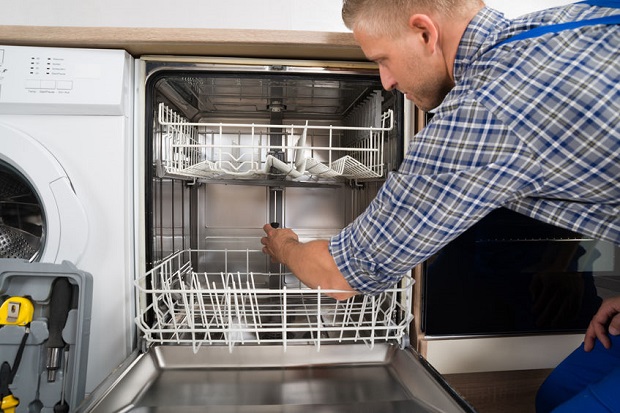


















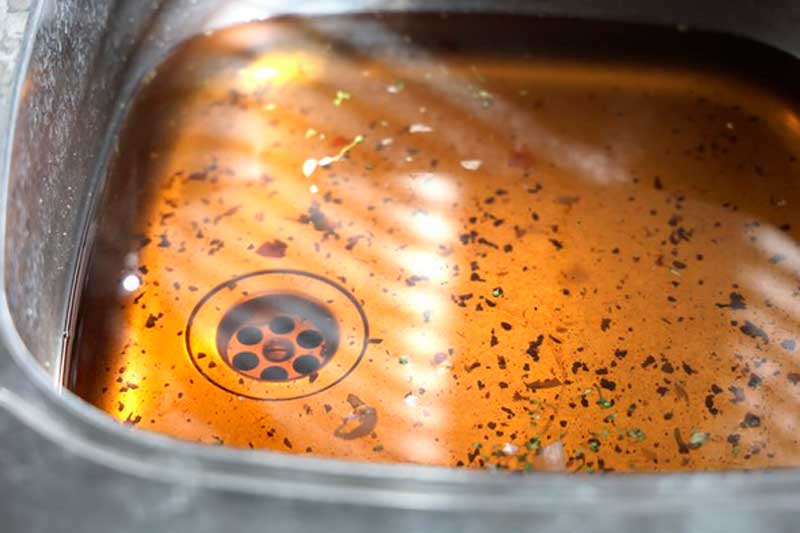

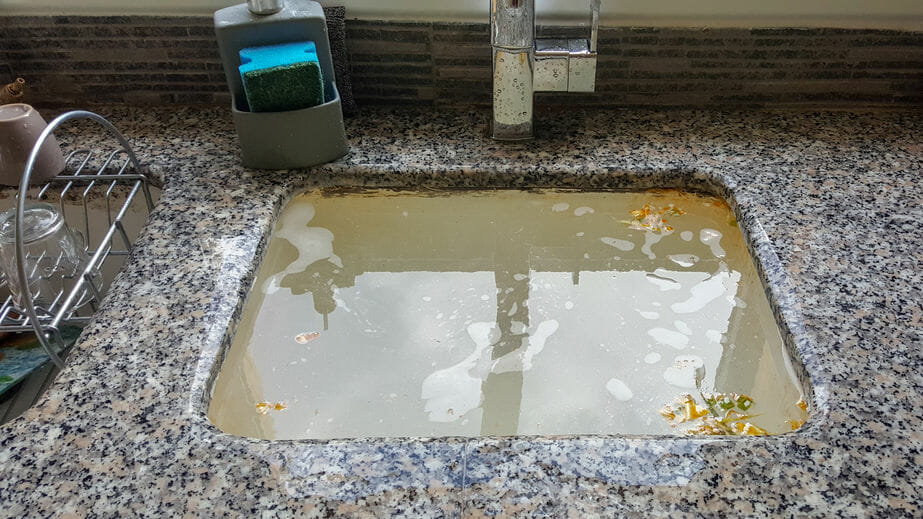
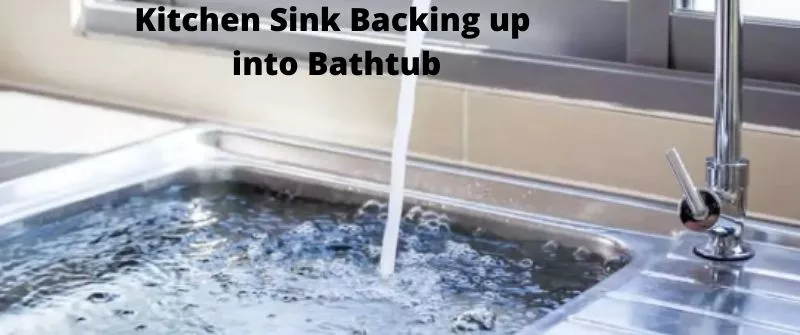
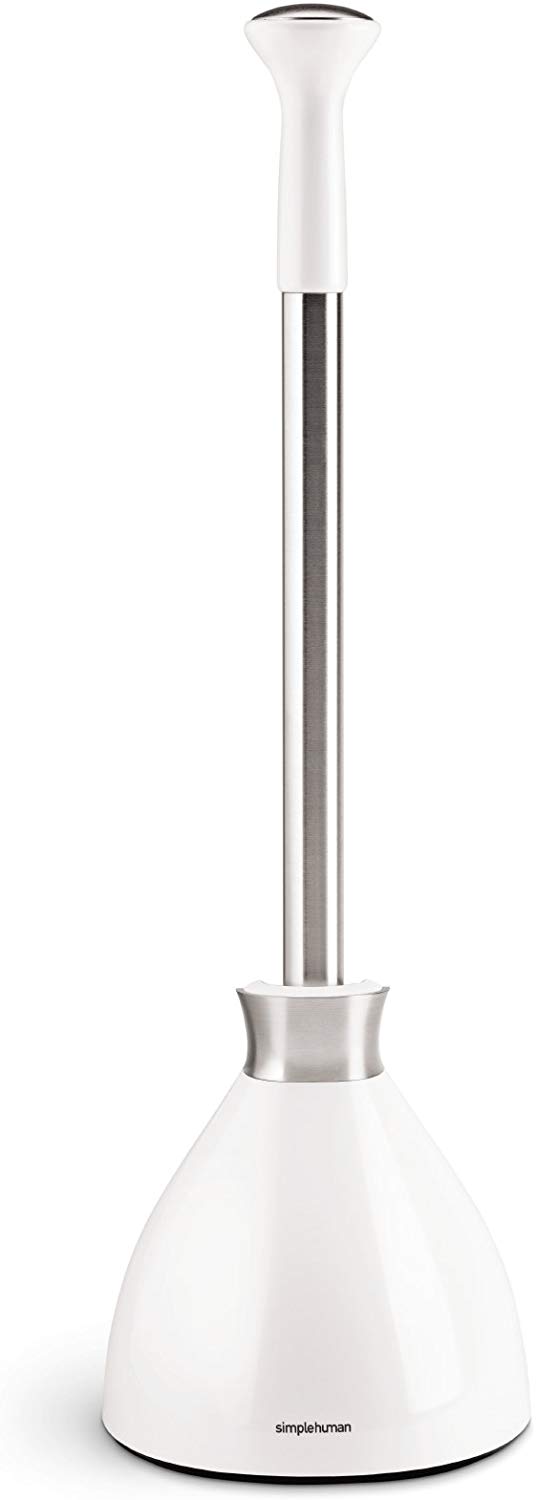

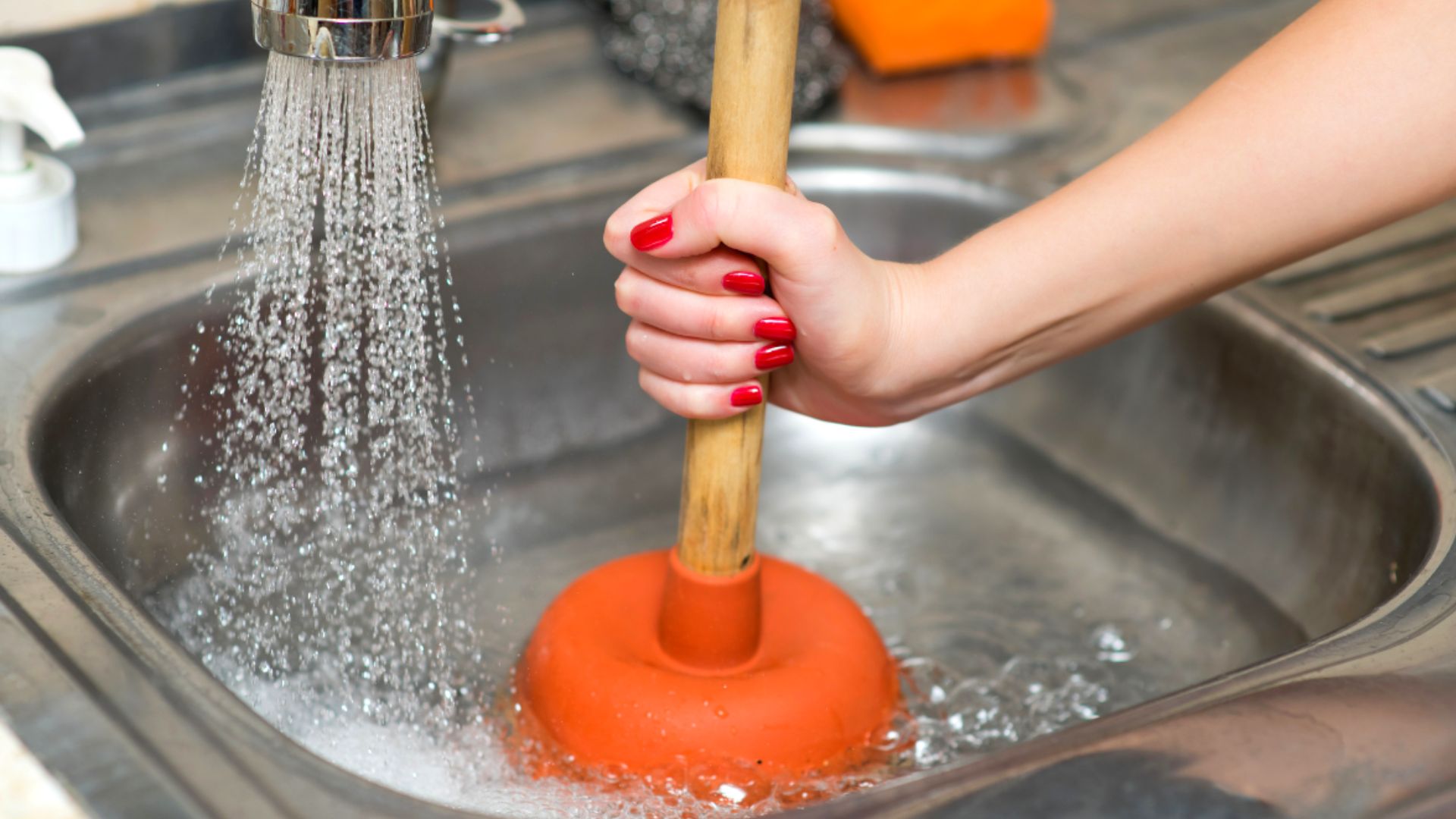
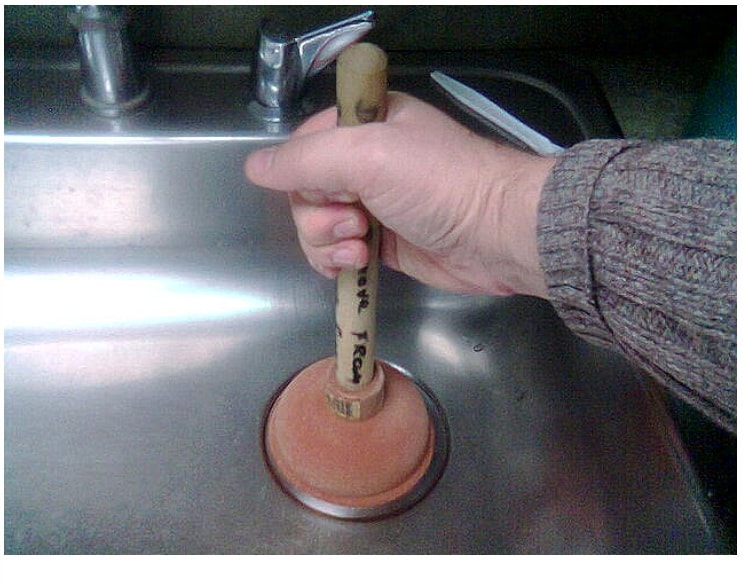



/woman-wearing-yellow-washing-up-gloves-to-unblock-sink-using-plunger-close-up-131987463-5887cfc03df78c2ccd92ec9e.jpg)








/DrainSnake-c4efd6c0f57e4994a171a4b2f2463059.jpg)
















:max_bytes(150000):strip_icc()/how-to-clean-dishwasher-drain-6823343-04-22ee8e7dd14d40918f77f73673386a24.jpg)











